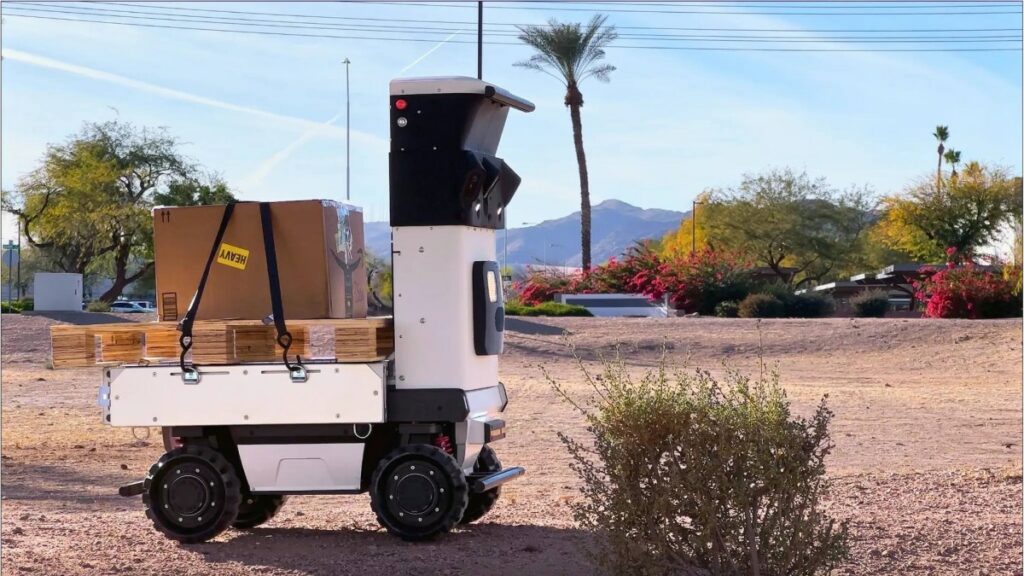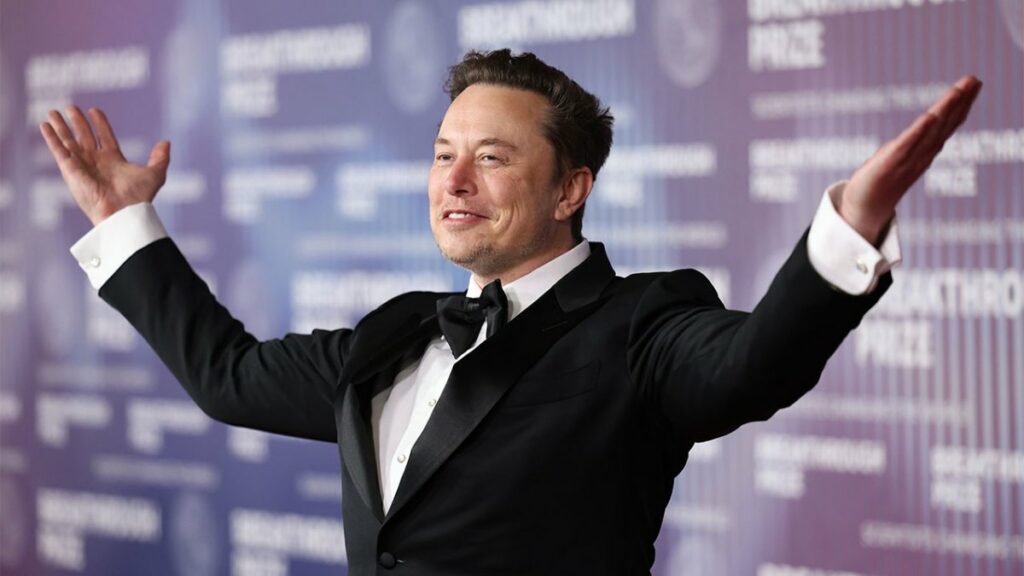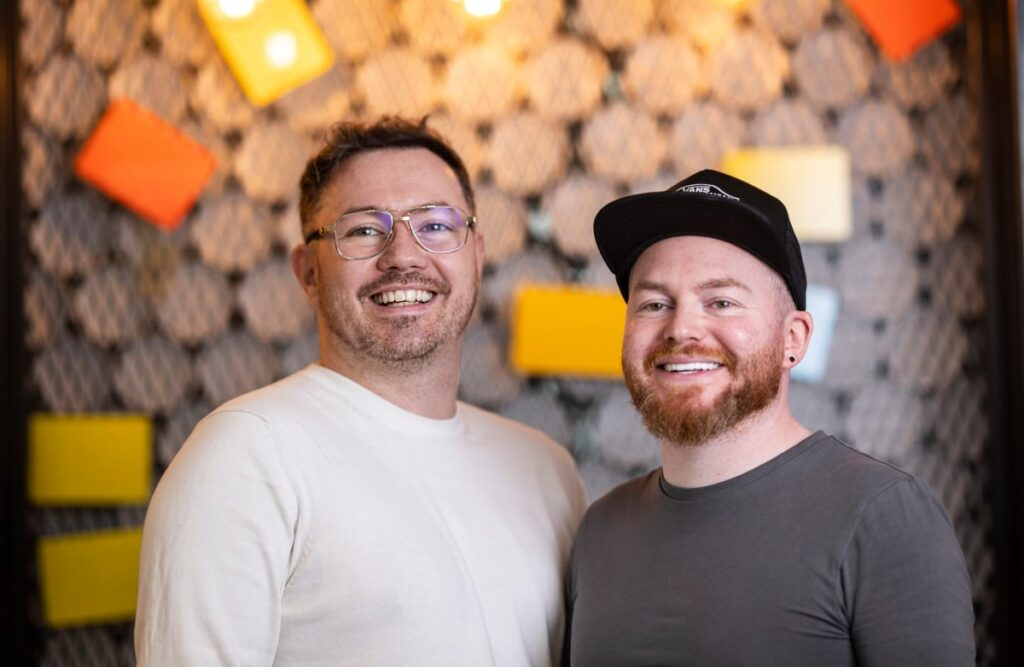Autonomous robotics startup Cartken, known for its four-wheeled robots that deliver food on college campuses and through Tokyo’s bustling streets, has found a new area of focus: industrials.
Cartken co-founder and CEO Christian Bersch told TechCrunch that applying its delivery robots to industrial settings was always in the back of his mind as they built the startup. When companies started reaching out about using their robots in factories and labs, Cartken took a closer look.
“What we found is that actually there’s a real big need in industrial and onsite use cases,” said Bersch, who co-founded the startup along with other former Google engineers behind the Bookbot project. “Sometimes there have even [been] more direct value to companies optimizing their material flows or their production flows.”
In 2023, the startup landed its first big industrial customer, German manufacturing company ZF Lifetec. Initially, ZF Lifetec used its existing delivery robots, called the Cartken Courier, which can hold 44 pounds and resembles an Igloo cooler on wheels.
“Our food delivery robot started moving production samples around, and it’s quickly turned into our busiest robot of all,” Bersch said. “That’s when we said, hey, there’s like real use cases and real market need behind it, and that’s when we started targeting that segment more and more.”
At the time, Cartken was still pressing ahead on its delivery sidewalk business, including locking in partnerships with Uber Eats and GrubHub for its last-mile delivery operations across U.S. college campuses and in Japan.
But that early success with ZF, encouraged the startup founders, which includes Jake Stelman, Jonas Witt and Anjali Naik, to expand its business model. Switching Cartken’s robots from food delivery to an industrial setting, wasn’t much of a challenge, Bersch said. The AI behind the robots is trained on years of food delivery data and the devices are designed to traverse various terrains and weather conditions.
Techcrunch event
San Francisco
|
October 27-29, 2025
This means the robots can travel between indoor and outdoor settings. And thanks to data collected from delivering food on Tokyo streets, the robots are able to react and maneuver around obstacles.

Cartken, which has raised more than $20 million from 468 Capital, Incubate Fund, Vela Partners, and other venture firms, has started to build out its robotic fleet to reflect its pivot to industrials. The company released the Cartken Hauler earlier this year, which is a larger version of the Cartken Courier and can hold up to 660 pounds. The company also released the Cartken Runner, designed for indoor deliveries, and is also working on something similar to a robotic forklift.
“We have a navigation stack that is parameterizable for different robot sizes,” Bersch said. “All the AI and machine learning and training that went into that is like transferring directly to the other robots.”
Cartken recently announced that it was deepening its four-year relationship with Japanese automaker Mitsubishi, which originally helped the company get the needed certifications to operate their delivery robots on the streets of Tokyo.
Melco Mobility Solutions, a company under the Mitsubishi umbrella, just announced that it will be buying nearly 100 Cartken Hauler robots for use in Japanese industrial facilities.
“We’re definitely seeing a lot of traction across various industrial and corporate sites, from automotive companies to pharmaceutical to chemical,” he said. “All these companies typically have people moving stuff from one building to another, whether it’s being by hand, on a cart ,or a small forklift, and that is really what we’re targeting.”
Cartken will still continue its food and consumer last-mile delivery business, but it won’t be expanding it, Bersch said, adding they still do a lot of testing for new capabilities on these existing last-mile delivery routes.


